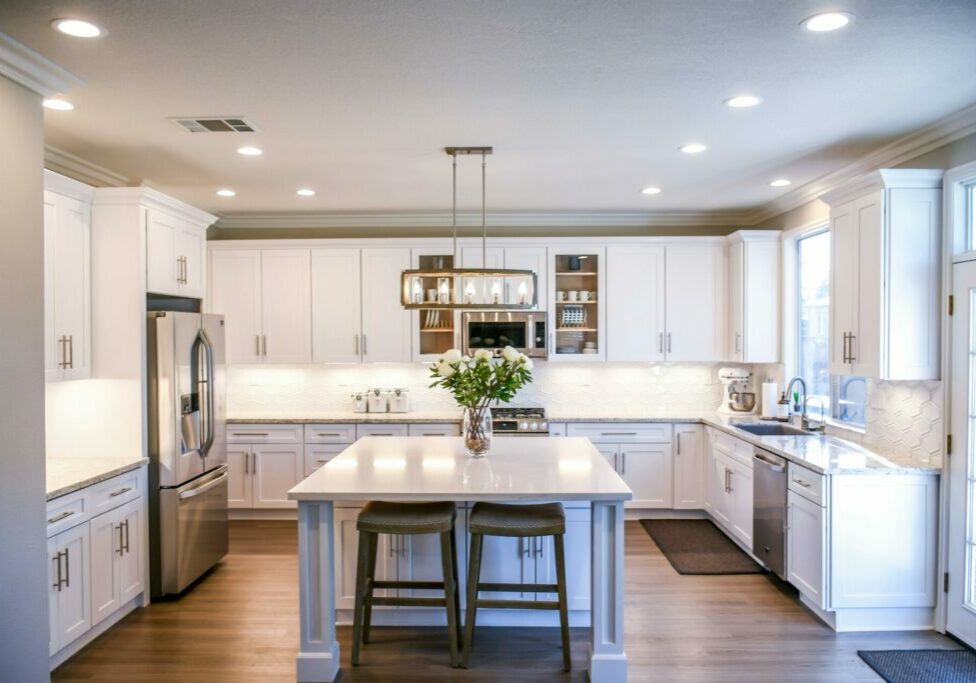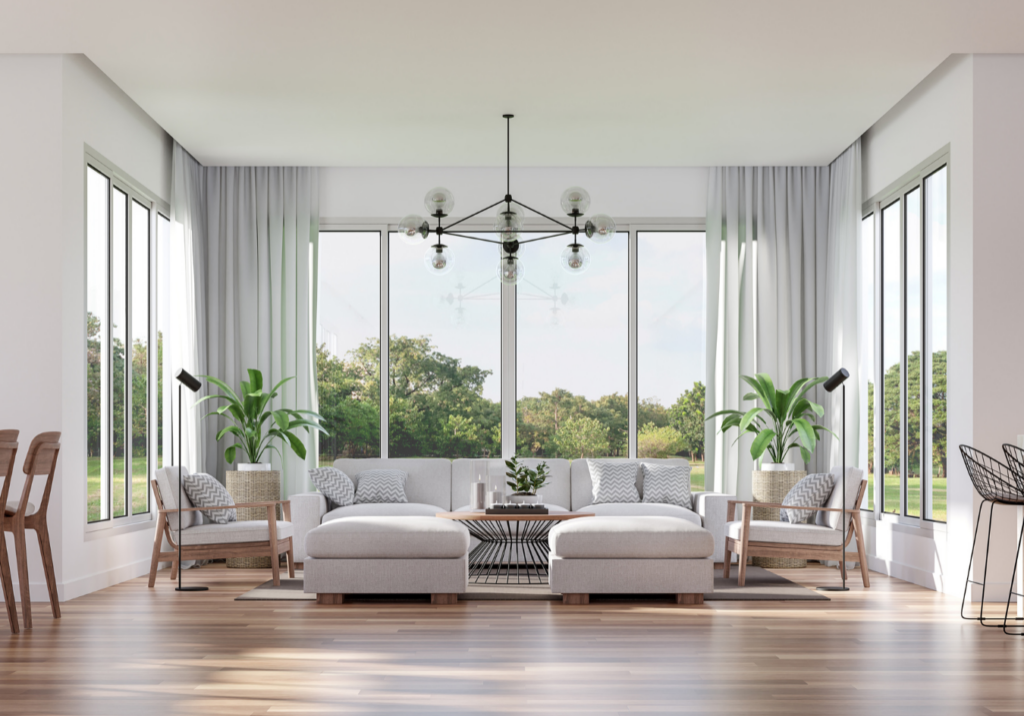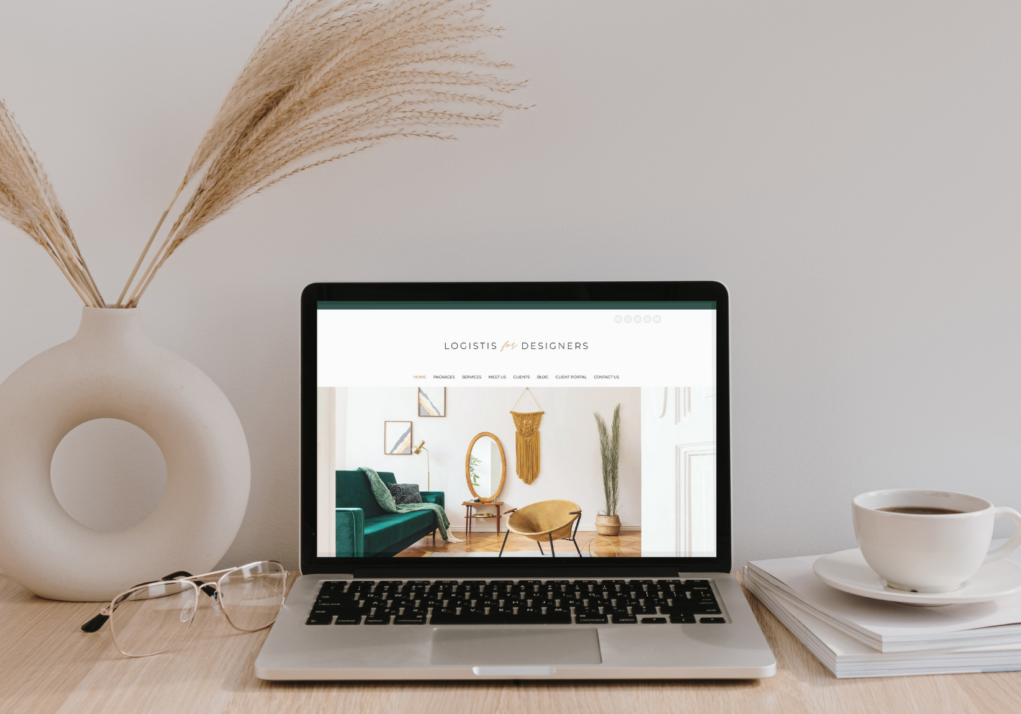How to Use Your Interior Design Blog to Make Money
If you have an interior design business, and you have a website for your interior design business (see why we highly recommend it here), you might be leaving money on the table by not utilizing your blog to its full potential.
1) Start a blog if you don’t have one
A blog might be one of the best time investments you make as a business owner, not only does it help establish you as an expert in the field, but it also brings in a ton of organic website visitors that you didn’t have to get through Google Ads or other paid means.
Having a blog means that even if you were to stop all your advertising tomorrow, you would still be getting visits to your website just because of the useful content that people find through Google Search.
A lot of our clients ask how often they should be posting blog content, and our best answer is that it depends. We suggest posting at least twice a month, but the most important factor is to make sure that it’s content that your visitors will find useful. Put yourself in the shoes of your potential visitors and ask yourself what they might type into Google Search as a possible question, and then answer that question for them.
2) Google AdSense
Google AdSense is how Google displays ads on its partner network. You simply sign up for Google AdSense, go through their intake process, and then they provide you code to add to your website. The code is placed wherever you want ads to show up on your website, and just for people seeing the ad, you get paid. The ideal spot would be near the top of a blog post, and we generally avoid placing ads anywhere but the blog posts in order to keep the business website clean for regular visitors.
When you first start out, you won’t be making much through Google AdSense since the revenue is heavily tied in with the number of website visitors you have. As you write more and more content, your visitor count will increase, and so will the revenue you receive. Most ads also pay out much more if someone clicks on the ad itself, so make sure you’ve configured your Google AdSense to show ads related to your field so that your visitors actually like the ad and click on it.
We recommend no more than 2 ad spots per blog post, otherwise, people might get fed up with seeing so many ads and leave your website altogether.
3) Affiliate marketing
We’ve all seen affiliate marketing before, but you might not have known exactly what was going on. The traditional scenario is where an influencer post about a product, and says something along the lines of “You can click the link in my bio to purchase the product”.
How this works is that the influencer has signed up with an affiliate marketing platform that pays them a certain percentage (sometimes up to 30% or more) of sales that they bring in. The good thing about affiliate marketing is that it doesn’t cost any more for the customer to purchase the product, so it’s a great way to recommend products to your visitors that you like to use.
For affiliate marketing, we advise clients to advertise products that they have used, or at least experienced themselves. Advertising 100 different products that you’ve never even heard of, might quickly lead to your visitors losing trust in your words.
To start off with, go to the website of companies that you purchase from regularly, it could be Amazon or your wholesaler for furniture or paint. On these websites, there’s often a page for “Affiliates” where you can apply to sign up. Once you sign up, they’ll review your applicate and then give you access to a page that usually has something called a “link builder”. The link builder will let you enter the link to a specific product, and then it’ll add a little bit of text to the end of the link which becomes your “affiliate link”. You can now share this affiliate link on your blog posts for people to click and purchase.
Each affiliate network has different rules, but most work under a 30-day attribution model, meaning if someone clicks your link and then puts off purchasing for up to 30 days, you still get the credit for the sale.
4) Sponsored blog posts
This is something that you’ll come across as you start to get more popular online, but it’s definitely something you should keep an eye out for. Companies often reach out to blog writers to review their products in exchange for compensation. The compensation is usually money up front, money for each sale you bring in, but it can also sometimes be free products or large discounts.
When you first get a proposal for this, research what other related companies are paying for a sponsored post to an audience of your size before you accept the proposal. Ask the company if they are looking for an honest review, some companies only want to pay for good reviews, and this could be bad news for you if the product is absolutely horrible and you’ve signed a contract for a good review. You don’t want your name attached to a terrible product.
5) Sell your own products
If you’re an interior designer, you most likely have tips and tricks in the field that you had to learn yourself the hard way. You can package these tips up into an online course, or a short e-book. There are paid services online that ask you to send in text content, and they’ll put it together into a PDF for you. This is a great way to add a little passive income to your website since most of the content is evergreen and can be used for many years without needing changes.



